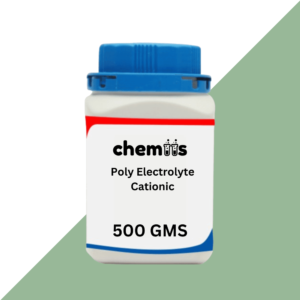Lead dioxide, chemically denoted as PbO₂, is an inorganic compound with remarkable oxidizing properties. This dark brown or black crystalline material is primarily recognized for its role in lead-acid batteries and various industrial applications. Its high oxidative power and thermal stability make it indispensable in chemical manufacturing and specialized coatings. However, due to the toxic nature of lead compounds, its usage is subject to stringent safety protocols and environmental regulations.
Applications of Lead Dioxide
Lead dioxide is vital in several industries, with its unique properties enabling diverse applications:
1. Lead-acid Batteries
- A critical component in the positive electrodes of lead-acid batteries.
- Enables the conversion of chemical energy into electrical energy through oxidation and reduction reactions.
- Used extensively in automotive batteries, backup power systems, and renewable energy storage.
2. Chemical Manufacturing
- Serves as an oxidizing agent in the production of dyes, chemicals, and intermediates.
- Plays a key role in synthesizing perchlorates, manganese dioxide, and other chemical compounds.
3. Electrochemical Applications
- Utilized as an electrode material in electrochemical cells and industrial electrolysis processes.
- Essential for producing chlorine dioxide and in certain anodizing techniques.
4. Protective Coatings
- Incorporated into coatings for corrosion resistance, particularly in environments exposed to acids or oxidizing conditions.
- Used in applications requiring durable and chemically resistant surface treatments.
5. Pyrotechnics
- Used as an oxidizer in pyrotechnic compositions and explosives.
- Enhances the performance of fireworks and detonators through rapid oxygen release.
6. Environmental Applications
- Employed in certain wastewater treatment processes to degrade organic contaminants.
- Utilized in the oxidation of pollutants in industrial effluents.








Atul Chauhan (verified owner) –
Just as expected.
Shweta Dubey (verified owner) –
Five-star experience.
Kunal Rathi (verified owner) –
Genuine products.
Manju Devi (verified owner) –
Excellent service overall.
Kavita Nair (verified owner) –
Good quality.
Alka Dey (verified owner) –
Excellent product range.
Aarti Shukla (verified owner) –
Amazing response time.
Karan Desai (verified owner) –
Product arrived on time.
Kunal Rathi (verified owner) –
Highly reliable platform.
Ishaan Nayak (verified owner) –
Quality exceeded expectations.